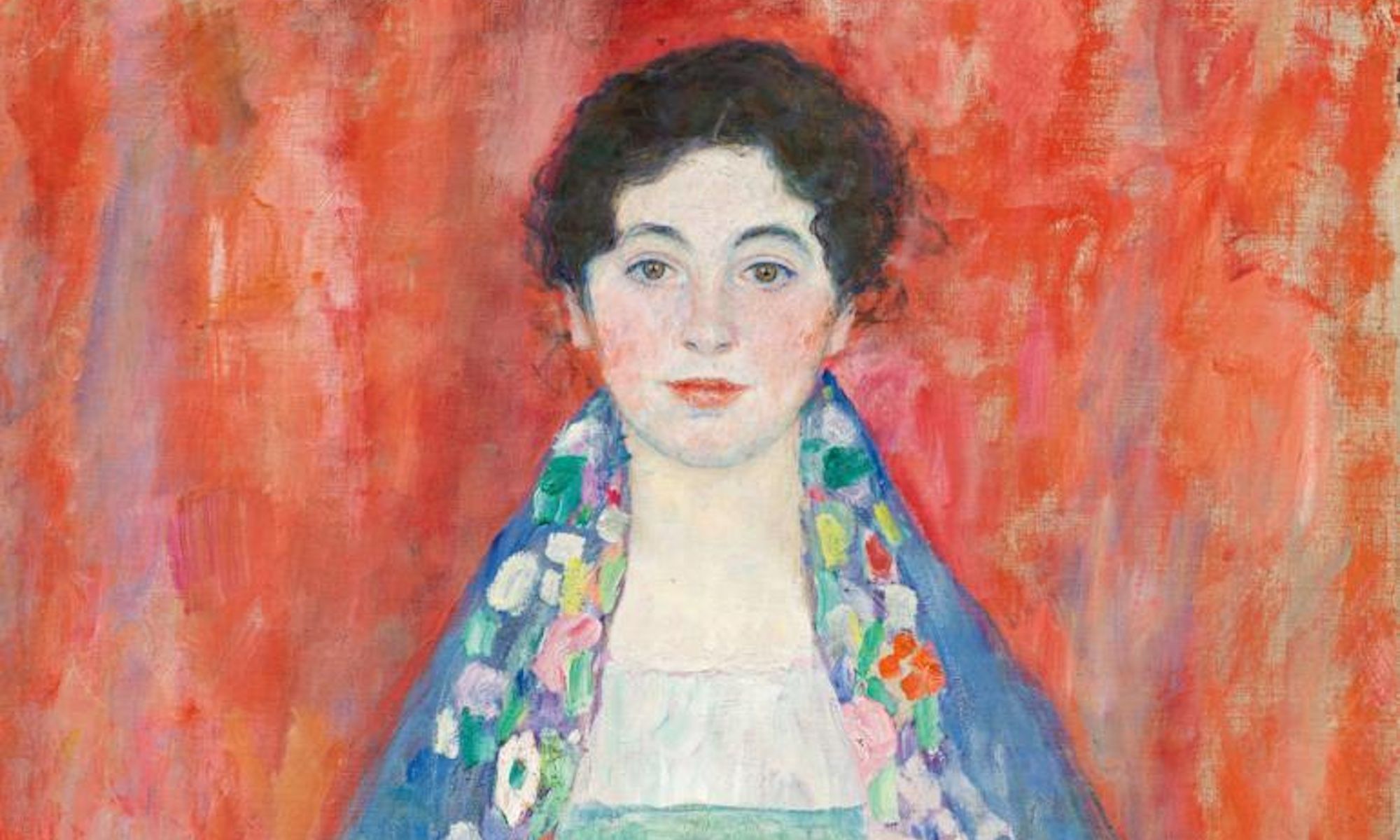Gustav Klimt, Portrait of Fräulein Lieser, 1917 © Auktionshaus im Kinsky GmbH, Wien
A late portrait by Gustav Klimt with a tangled history and surrounded by mysteries sold for a hammer price of €30m (€35m with fees) at Im Kinsky in Vienna, an auction record for Austria.
The recent discovery of Portrait of Fräulein Lieser (1917) was described by the Vienna auction house as “a sensation”. It was previously only known from a black-and-white photograph and had been believed lost until Im Kinsky received a phone call from the consignor around 16 months ago.
The sale price, bid by a buyer from Hong Kong, was at the low end of the estimate range of €30m to €50m. Even so, it was more than four times the previous Austrian record achieved in 2010, when the Dorotheum auction house sold a painting by Frans Francken II for just over €7m. The all-time record for a Klimt at auction, meanwhile, was set last June at Sotheby's in London when his portrait Dame mit Fächer (Lady with a Fan, 1917) sold for £85.3m (including fees).
“Of course we are delighted at the result but not really surprised,” Claudia Mörth-Gasser, Im Kinsky’s Klimt expert, said in a statement.
Much about the Klimt portrait remains unclear: who the sitter was, who commissioned it and what happened to it during the Second World War. Given the doubts about the identity of the pre-war owner, the auction house negotiated a settlement between the consignor and the heirs of two branches of the Lieser family, who were important Jewish industrialists in the Austro-Hungarian empire.
The heirs will receive a share of the proceeds from the auction, Ernst Ploil, a director of Im Kinsky said at a press conference announcing the sale in January. The settlement is based on the assumption that the portrait was unlawfully expropriated during the Nazi era, although this is not proven.
“What is for sure is that the painting was still in Klimt’s studio at the time of his death” in 1918, Ploil said. Klimt never quite finished it and it remained unsigned. From the studio, it is presumed to have been delivered by the executors of Klimt’s will to whoever commissioned it. Unusually “there are no stamps or stickers on the back of the painting”. Ploil said.
Bidders in the Im Kinsky salesroom in Vienna on 24 April during the auction of Gustav Klimt's Portrait of Fräulein Lieser (1917) © Auktionshaus im Kinsky GmbH, Wien
The identities of both the subject and the client are up for debate. Klimt’s own notes identify the commissioning party only as “Lieser”. It was long believed—and recorded in the Klimt catalogue raisonné—that the painting was commissioned by Adolf Lieser and portrayed his daughter, Margarethe Constance Lieser.
However, Im Kinsky now believes the portrait may have been commissioned by Henriette Lieser-Landau, the ex-wife of Justus Lieser, Adolf’s brother, Ploil said. Henriette, an arts patron and friend of Alma Mahler, had two daughters—Annie and Helene—who could have been the subject of the painting. A report in the Austrian newspaper Der Standard said Annie’s US immigration documents recorded her eyes as grey, while the girl in the painting has brown eyes. But Helene, who became a successful economist, did have brown eyes, Der Standard reported.
Henriette Lieser-Landau was deported in 1942 and murdered in 1943. A black-and-white negative of the painting in the Austrian National Library was archived with a note saying “1925 in the possession of Frau Lieser IV., Argentinierstrasse 20”. Der Standard said that was Henriette’s address.
But Tobias Natter, one of the authors of the catalogue raisonné, remains unconvinced. He still sees an “overwhelming probability” that the sitter was Margarethe Constance Lieser, he says.
He notes that the inventory of her possessions that Henriette was forced to compile by the Nazis made no mention of the portrait, while other objects—art but also porcelain and household items—were listed in detail.
Adding to the arguments for Margarethe Constance is the fact that her son, William Heinrich de Gelsey, was trying to trace a Klimt portrait of his mother before he died in 2021, according to Austria’s Kronen Zeitung. In a commentary on 21 April, the paper suggested it would have been better to postpone the settlement and auction until the mystery was solved.
The identity of the client is “not just an academic question, it is a very relevant question relating to the provenance”, Natter said.

